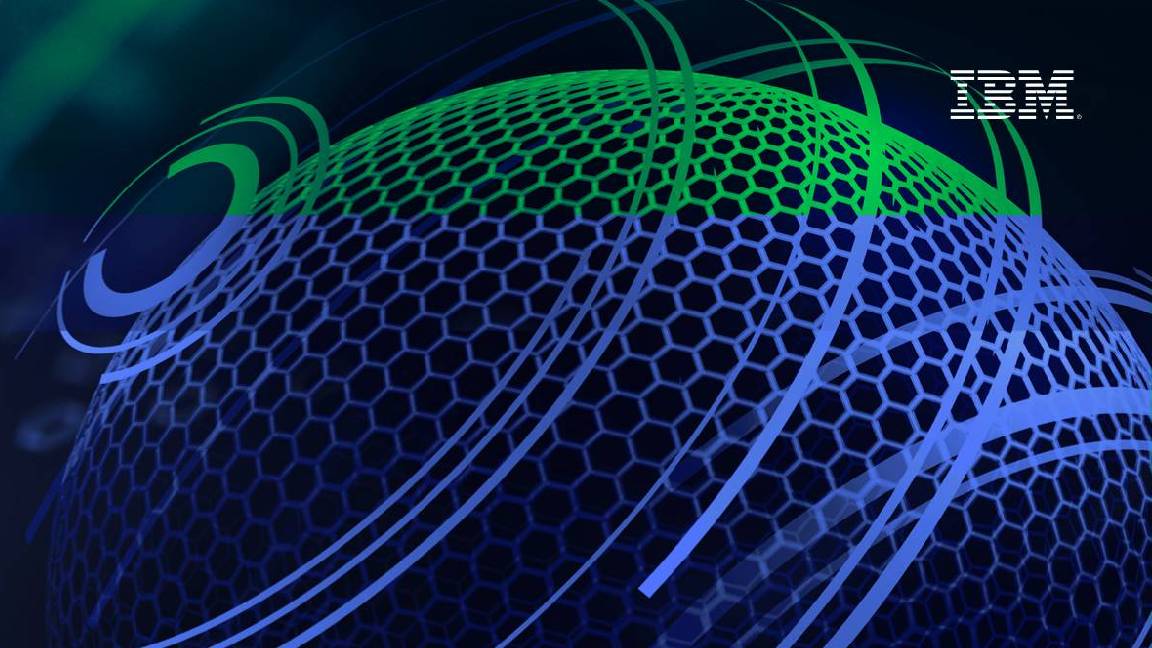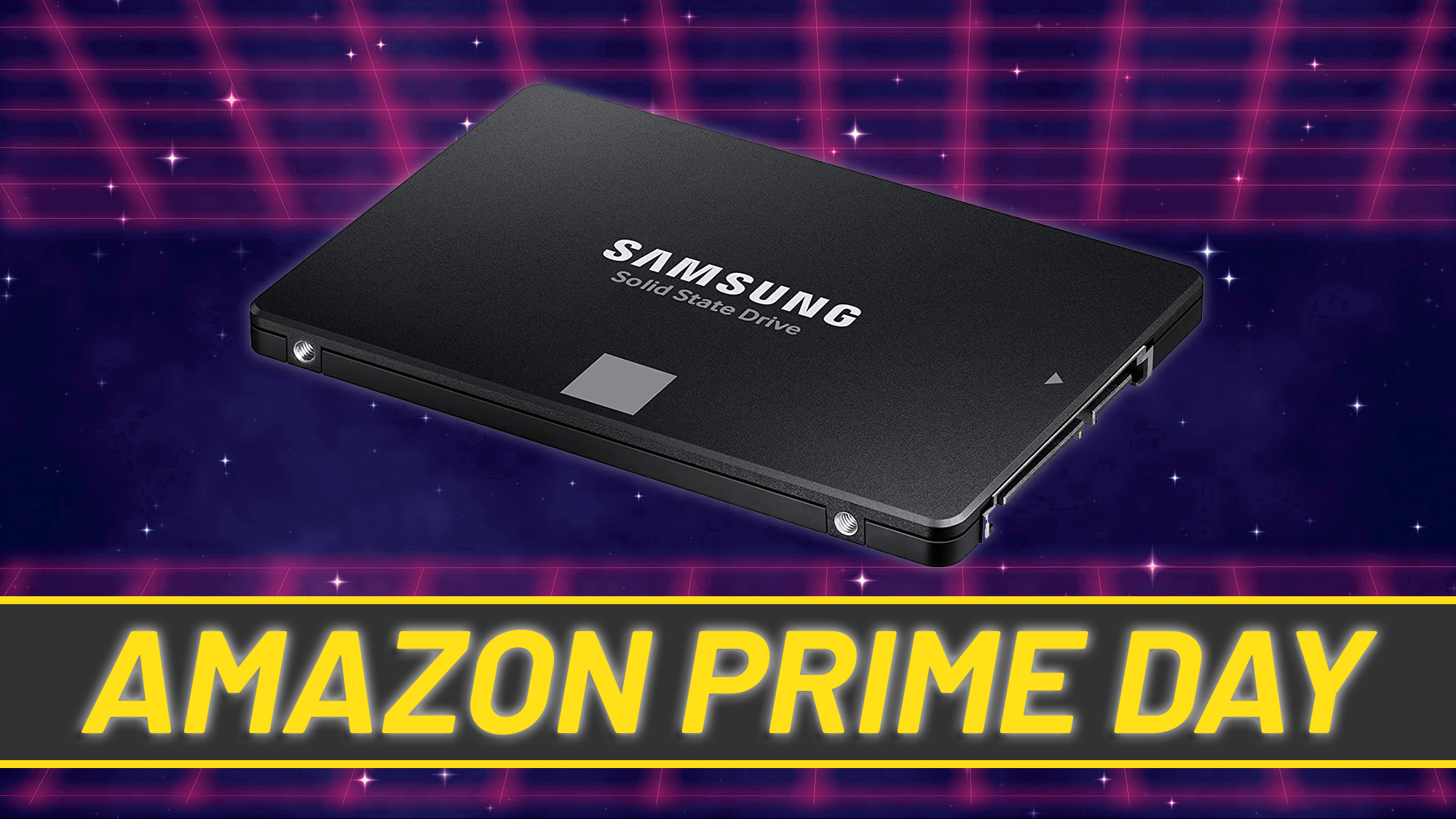Top 10 tips for buying an enterprise SSD
5. NAND memory types
SSDs replace the platter found in hard drives with NAND flash memory chips. While other types of flash memory exist, NAND flash currently has the right balance of price, performance and reliability to make it the preferred choice in SSDs.
NAND flash memory consists of cells, which can be layered. Single layer cell (SLC) NAND flash can store a single bit of data whereas multi layer cell (MLC) can store multiple bits in a single cell meaning storage density can be greatly increased.
Traditionally, consumer orientated SSDs featured MLC NAND flash due to its significantly lower cost and increased storage capacity. In the past MLC NAND flash had considerably lower read/write cycles and lower write bandwidth compared to SLC NAND, but significant investment in MLC NAND development has mitigated performance and endurance worries.
SSDs using SLC NAND flash have all but evaporated from the market due to the aggressive development of MLC NAND flash. Even in the enterprise market, which was once dominated by SLC-shod SSDs, conservative vendors such as Intel have moved towards MLC to leverage its price andand capacity benefits.

6. TRIM / Operating system
SSD's biggest problem is the drop in performance over time. Hard drive performance varies given the location of data on the platter, whereas SSD performance decreases as the NAND cells go through read/write operations.
TRIM is a command that was developed to mitigate the performance degradation by performing garbage collection and executing a wear-levelling algorithm so that all the cells in the SSD receive an even wear rate. Although TRIM is a command implemented at the SSD controller level, operating system and file system support is needed for proper operation.
Microsoft supports TRIM with NTFS in Windows 7 and Windows Server 2008 R2. The Linux kernel has supported it since version 2.6.38, though not all file systems support it. Apple's Mac OS X 10.7 supports TRIM on the SSDs used by the firm.
Get the ITPro daily newsletter
Sign up today and you will receive a free copy of our Future Focus 2025 report - the leading guidance on AI, cybersecurity and other IT challenges as per 700+ senior executives
TRIM support is almost ubiquitous throughout the SSD market, but it is vital to ensure the operating system supports this feature otherwise the performance degradation will become noticeable within months for heavy workloads.
-
 Dell Pro 14 Premium review
Dell Pro 14 Premium reviewReviews Dell plays it safe with its 14in business ultraportable, but svelte design and great battery life can't mask the flaws
-
 SAS Innovate 2025 live: All the latest news and updates
SAS Innovate 2025 live: All the latest news and updatesLive blog ITPro is live on the ground at SAS Innovate 2025 – follow every announcement as they happen
-
 Cyber-resilient data storage for everyone
Cyber-resilient data storage for everyoneWhitepaper Improve cyber resilience and optimize performance
-
 Sustainability is more than a flash-in-the-pan topic for the data storage industry
Sustainability is more than a flash-in-the-pan topic for the data storage industryAnalysis Rising energy costs and concerns over the environmental impact of data centers are prompting a shift away from power-hungry disk drives
-
 Pure Storage’s FlashArray//E launch offers “multi-year advantage” with performance and energy efficiency boosts
Pure Storage’s FlashArray//E launch offers “multi-year advantage” with performance and energy efficiency boostsNews The FlashArray lead at Pure Storage, said the launch will act as a “key differentiator” for the company in the storage space
-
 Why the floppy disk may never die
Why the floppy disk may never dieIn-depth The age-old floppy disk storage medium is still in demand despite continued attempts to kill it
-
 10 things to consider when buying an external hard disk-based storage device
10 things to consider when buying an external hard disk-based storage deviceIn-depth Find the right storage solution for you with this handy guide
-

 Qnap TS-h1290FX review: Flashy desktop storage
Qnap TS-h1290FX review: Flashy desktop storageReviews A sleek and affordable desktop NVMe all-Flash array that delivers great 25GbE performance
-
 Intel kills off Optane Memory business with $559m loss
Intel kills off Optane Memory business with $559m lossNews Optane is now one of six divisions the company has ended under Gelsinger's leadership
-
 The best Amazon Prime Day storage deals: Extra capacity at rock-bottom prices
The best Amazon Prime Day storage deals: Extra capacity at rock-bottom pricesBest Add some extra headroom to your disk space